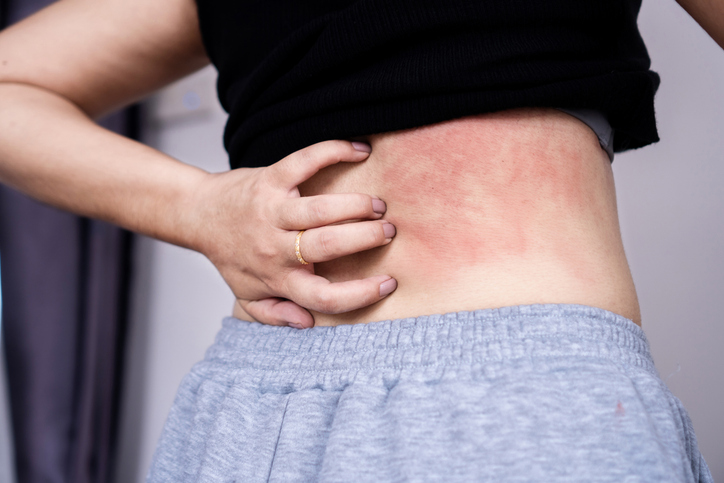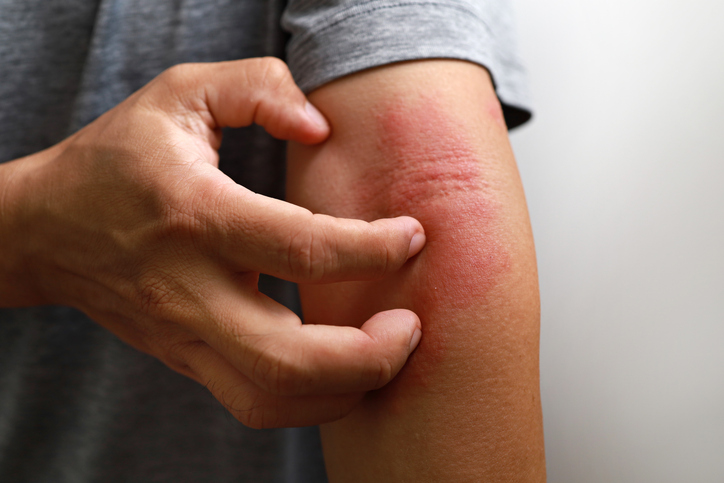
Treatment with the JAK 1/3 inhibitor tofacitinib yielded significant efficacy in the treatment of alopecia totalis (AT) and alopecia universalis (AU) within six months, according to the results of a retrospective study.
Tofacitinib has previously demonstrated efficacy in treating moderate to severe alopecia areata (AA), but it is not approved by the FDA for this indication. In this study, Wenjen Lin, of Dongfang Hospital of Beijing University of Chinese Medicine, Beijing, and colleagues, sought to evaluate the long-term efficacy and safety of tofacitinib in patients with AT or AU.
The study included data from 69 patients with AT or AU treated with tofacitinib between January 2020 and June 2024. Median baseline severity of alopecia tool (SALT) score was 100.
After a median of 6 months of treatment, about half (47.8%) of patients with a SALT score of 20 or less had complete hair regrowth; complete regrowth of hair occurred in 26.1% of patients overall.
The efficacy of the drug appeared to increase with time. Patients experienced significantly greater reductions in SALT scores at weeks 24 and 36 compared with week 12.
The researchers also identified several factors that appeared to be associated with treatment outcomes. Specifically, younger age of AA and shorter treatment duration were both significantly associated with worse drug efficacy.
“In light of these findings, clinicians and patients should be aware that early treatment initiation and longer treatment durations may enhance the efficacy,” the researchers wrote.
Median SALT score was reduced from 100 at baseline to 30 after 24 weeks of tofacitinib, a 66.67% reduction.
“This study demonstrates that tofacitinib represents a potentially effective alternative for AT and AU patients, with response occurring within six months in a high percentage of patients,” the researchers wrote. “It also exhibits a good safety profile, which is crucial for the long-term management of these chronic conditions.” Primary adverse effects included acneiform rash and folliculitis.
Lin W, et al. Indian J Dermatol Venereol Leprol. 2025; doi:10.25259/IJDVL_1755_2024







 © 2025 Mashup Media, LLC, a Formedics Property. All Rights Reserved.
© 2025 Mashup Media, LLC, a Formedics Property. All Rights Reserved.